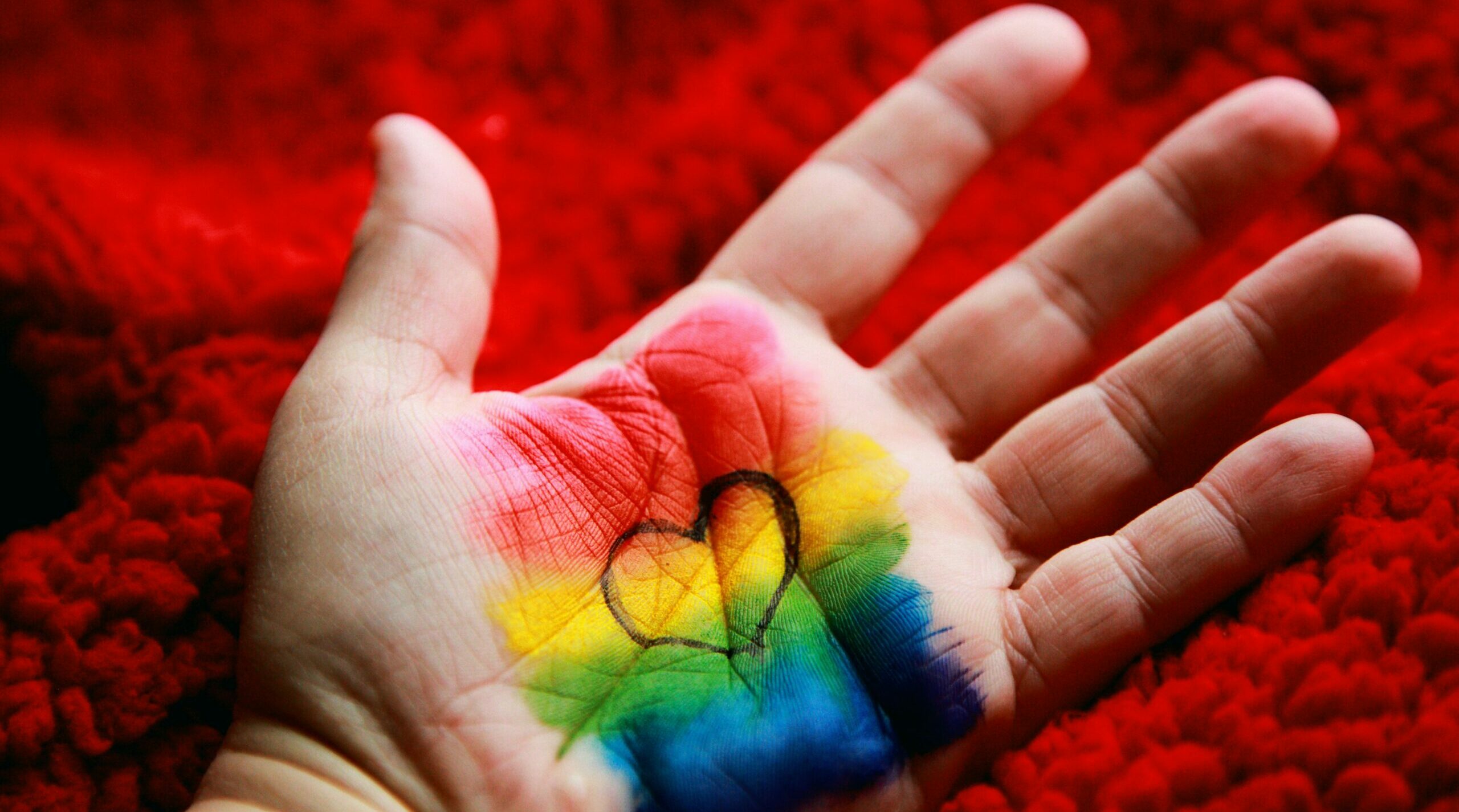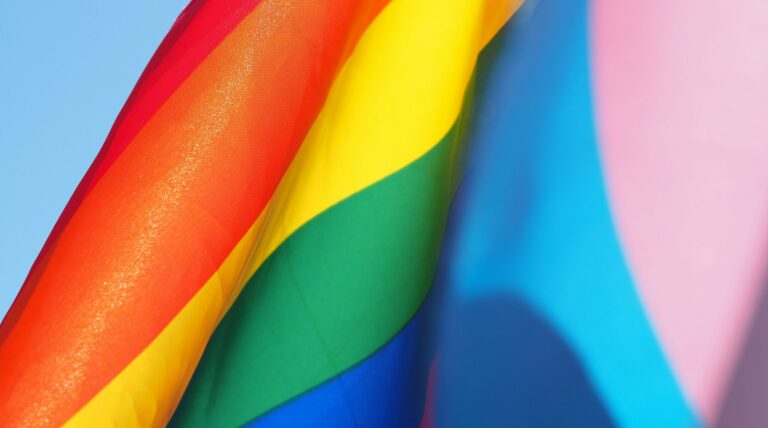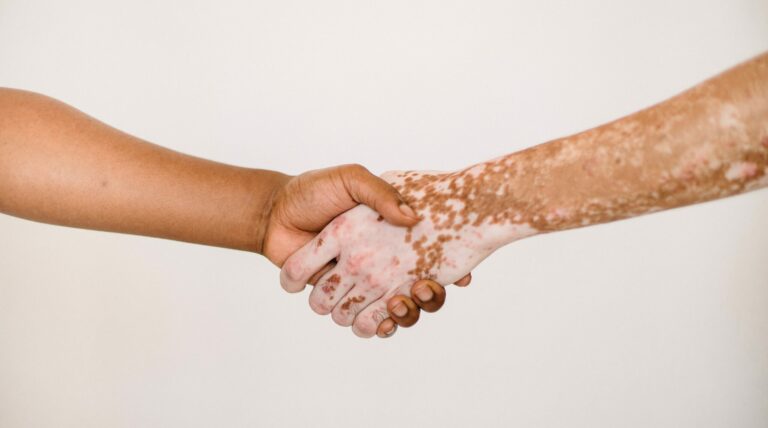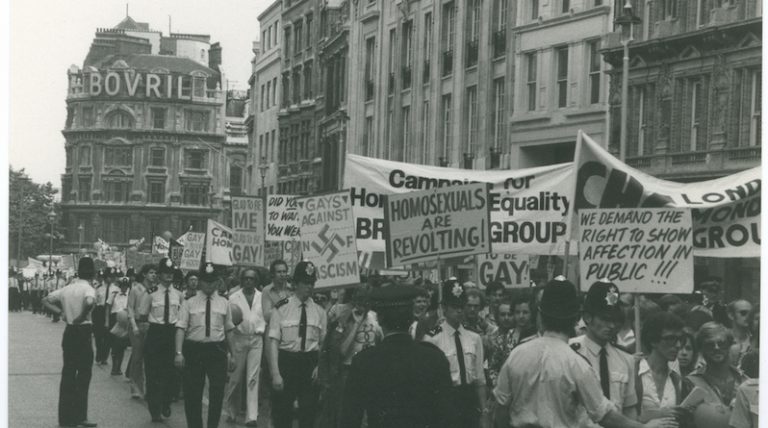Gender dysphoria: You’re not alone
Amongst the gender euphoria and joy, many trans+ people also experience gender dysphoria – here are some personal experiences that emphasise you’re not alone
Gender dysphoria is when someone feels a disconnection, sense of unease or distress from their gender identity not ‘aligning’ (according to cisnormativity) with their sex assigned at birth.

Whilst gender dysphoria is often talked about as a common part of being trans+, it’s good to remember that we all have different experiences. No one trans+ experience will be exactly the same as another.
Some people might not experience gender dysphoria at all. For others, how much they’re affected by it may fluctuate from day to day.
Sometimes we may also experience gender euphoria, where we feel incredibly validated and seen as our authentic selves. Feeling a big mix of all of these feelings is very common and completely valid.
Feelings of gender dysphoria usually appear as discomfort in areas of the body typically seen as ‘female’ or ‘male’. This can include parts of the body like the chest, reproductive organs, hips, and throat. It can also involve more general physical attributes, such as height and voice.
Dysphoria isn’t limited to physical parts of the body though. It can include behaviours, interests, personality traits, and more, which are societally gendered just as much as body shape.
Again, every trans+ person is different. You may not feel dysphoria about any of the body parts listed above. Or there may be other things that have an impact on you instead. We’re all different and that’s okay! Dee has a brilliant post that explains three types of gender dysphoria:
Because our experiences as trans+ people vary so widely, we’ve asked a few different trans+ young people to share their experiences of gender dysphoria.
Ajax (they/he)
My personal experience with gender dysphoria is certainly a unique one. Being transmasculine and non-binary, I find myself wishing desperately that I could “look more like a guy” so that I can wear dresses, skirts, and makeup again, without worrying that people will just see me as a girl.
There’s a lot of “I wish I were more traditionally masculine so that I could present more femininely and be comfortable with it”. It’s a bit of an odd combination of emotions to get my head around some days.
A lot of my dysphoria comes from my chest and hips. I have quite a large chest which can make binding difficult and prevents me from appearing totally flat when I am binding. I also have what some would call “child-bearing hips” which make tailoring a masculine silhouette difficult. Although, strangely, I don’t mind my thick thighs so much.
I work with what I have but, for me, I’m looking forward to the day I can start T and get on a waiting list for top surgery.
Carlo (he/him)
Personally, my experience with gender dysphoria has surrounded my psychological and social self more than my physical frame.
A great deal of my feelings of discomfort are to do with personality. If, for example, I’m too outgoing, would that make me too emotional and therefore be perceived as ‘girly’? Especially in an environment where social status seemed to be everything in my life, it made it difficult to come to terms with not everyone seeing who I desired to be and act like.
When it comes to expression, we all have these stereotypes placed in our heads. It can be difficult for cis (cisgender) and trans+ individuals to escape predetermined thoughts that we’ve been taught to believe.
I feel that a lot of dysphoria I experience stems from roots of toxic masculinity (or toxic femininity). If you’re not raised a specific way, if you don’t act a certain way, if you don’t speak a certain way, you’re not what society would deem a ‘man’ or ‘woman’.
I struggled to fit in with a lot of trans+ groups due to these thoughts: thinking about how I treated those around me, and fearing being judged by cisgendered folks because of who I talked to or how I talked to them. This led to a lot of self-doubt.
Nowadays, I can say a lot of these thoughts about people not being ‘manly’ or ‘womanly’ enough come from people whose opinion should have no effect on our lives.
Ignoring what other people expect of you and having confidence in yourself is one of the best ways to accept who you truly are.
Ge (they/them)
Ugh, dysphoria.
When I wake up on a particularly dysphoric day, I know I’m going to feel down all day. I’m not as productive or smiley or energetic. I just want to hide in baggy clothes and not leave the house.
Even though my chest is small, on dysphoric days I feel like it’s all people can see. I’ve been playing around with wearing a binder or trans tape, which definitely help but aren’t super comfy.
And I’ve even had a really bad haircut to try and feel more aligned with my gender (like, really bad).
I’ve been thinking a lot about my gender expression recently. I’m non-binary, and I feel that my gender expression can be literally whatever I want. But I always get read as a girl unless I come out. This makes me feel like I need to change more to be read as non-binary.
So my dysphoria comes from a mix of wanting my body to be different, and from how other people perceive me (which I know shouldn’t matter, but emotionally it does).
It’s hard to figure out what *I* want. I’d love to go on T, but I have sensory/trauma issues with body hair so I’m not sure if I’ll go for it.
But no matter what I look like, I’m still non-binary and still valid and the people around me who matter know that.
You’re not alone
Every trans+ person will have their own unique experience of gender dysphoria. Even if that means not experiencing it at all.
We hope, as time passes, that you find more and more ways to manage any feelings of dysphoria, but we know that this journey is hardly ever linear.
There are always people and organisations you can turn to if you need more support. You don’t have to deal with any of it on your own.
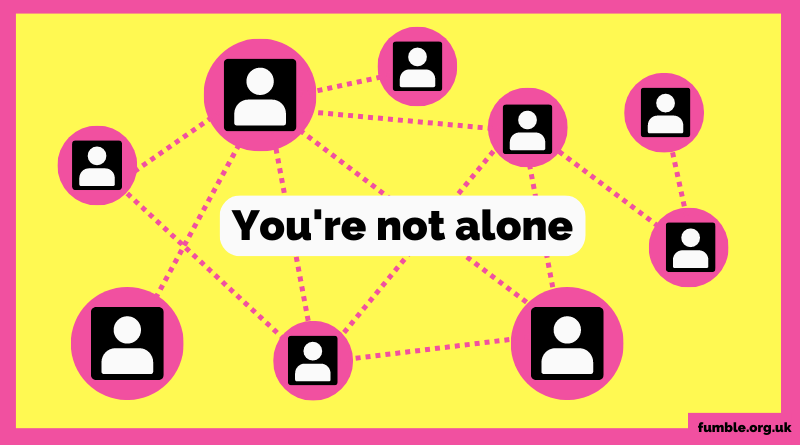
This article is part of our “Am I Trans?” Translating Sex, Identity & Relationships content series: supporting trans+ young people to access sex and relationships education that is relevant to their experiences and needs. Discover the full series here.
We use the term trans+ in our articles as an umbrella term intended to incorporate all transgender, non-binary, agender and genderfluid identities.
Some of the content addresses potentially triggering topics, such as transphobia and gender dysphoria. We’ve added specific content warnings to these pieces, but please take a moment to check in with yourself and how you’re feeling before diving into the series.
Other support
- Discover the full series
- Support & resources for trans+ young people
- Switchboard helpline – for anyone, anywhere in the country, at any point in their journey to discuss anything related to sexuality and gender identity
- Gendered Intelligence – Knowledge is Power resource for young trans+ people
Read more
Last Reviewed 22 April 2024
Image Credit: Alexander Grey via Unsplash

